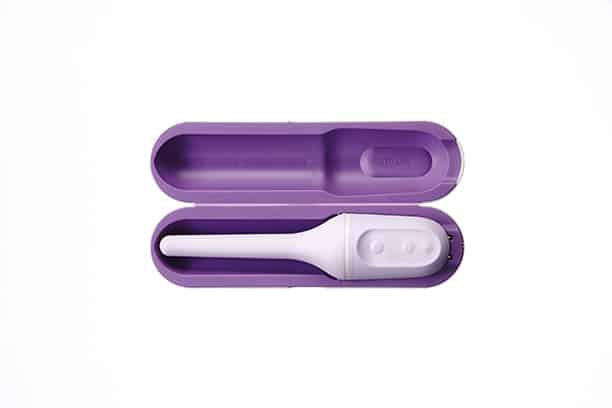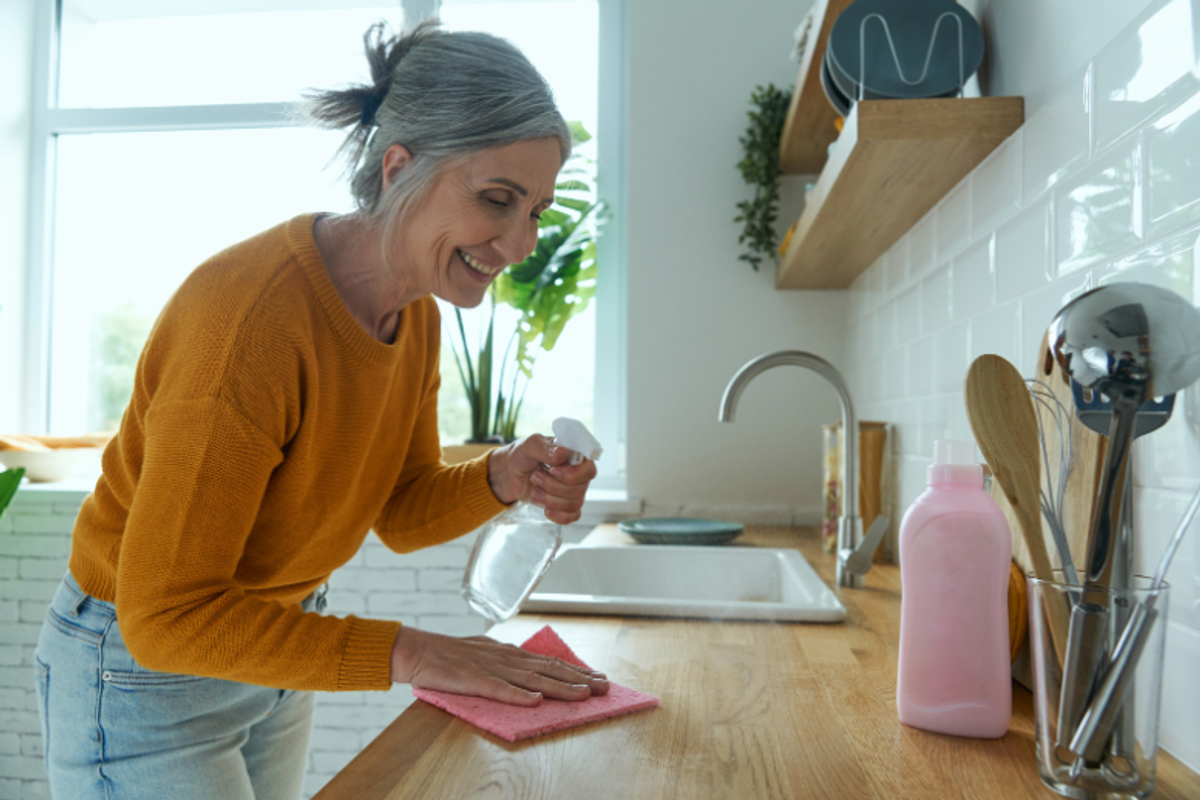Is painful sex affecting your relationships? Rediscover comfort with this dilator.
The Milli Vaginal Dilator provides a revolutionary approach to addressing painful sex associated with vaginismus.

Painful sex, or dyspareunia, is an uncomfortable reality for many women, and its ripples are felt beyond the bedroom. It permeates every aspect of a relationship, fostering feelings of inadequacy and stress, and can affect overall mental well-being. The common culprit? Vaginismus. It’s a condition characterized by involuntary tightening of the vaginal muscles during attempted penetration. This discomfort can transform what should be intimate and enjoyable experiences into moments fraught with anxiety and fear. Luckily, there’s the Milli Vaginal Dilator, an innovative tool designed to help you reclaim control over your sexual health and relationships.
This tool is a potential game changer for individuals affected by vaginismus. Milli’s unique design and features provide a user-controlled, millimeter-by-millimeter expansion, paving the way for a comfortable, tailored approach to dilation therapy. Unlike traditional dilators, Milli remains inserted in the vagina during use, allowing you to avoid the discomfort of reinsertion while also enabling you to track your progress effectively.
The Milli Vaginal Dilatoror isn't just a medical device – it’s a revolutionary approach to combating the often hidden challenges of painful sex. Milli delivers a personalized solution to address vaginismus, allowing for gradual expansion at a pace that suits your needs, helping you to regain comfort, confidence, and control gradually. With Milli, you can redefine your sexual health journey on your terms.
Understanding Vaginismus
Vaginismus is a condition where the muscles inside the vagina involuntarily tighten or spasm, making penetration, whether for sex, tampon insertion, or gynecological exams, uncomfortable or even impossible. This distressing cycle of anticipation, tightening, pain, and avoidance sets vaginismus apart from other sexual health conditions. And while it may seem like a purely physical problem, it's also interwoven with emotional and psychological aspects.
The ripple effects of vaginismus extend beyond the physical discomfort. It can be a source of emotional turmoil, creating frustration, inadequacy, and shame. It can strain relationships, dampen intimacy, and even lead to avoidance of sexual interactions altogether. But remember, it's not just about sex. The consequences of vaginismus can seep into a person's overall mental health, potentially leading to anxiety and depression.
In response to vaginismus, traditional treatment protocols have typically involved physical therapy, relaxation exercises, psychotherapy, and the use of vaginal dilators. These solutions aim to help individuals gradually accustom the body to penetration, reduce the fear and anxiety associated with it, and break the cycle of pain. However, not all dilators are created equal, and finding the right one that respects your comfort and pace is crucial. And
that's where Milli steps in.
Introducing the Milli Vaginal Dilator
Enter the Milli Vaginal Dilator, a groundbreaking approach to addressing vaginismus. Uniquely designed with the user's comfort in mind, this expanding dilator takes the dread out of dilation therapy. Imagine a smooth silicone device, starting at a comfortable 15mm (just over a 1/2″), that can gradually expand at your control without the need for removal or reinsertion. Milli doesn't stop at that — it also offers an optional built-in vibration feature for enhanced comfort.
The user-controlled, millimeter-by-millimeter expansion is just one of the many benefits Milli brings to the table. Its design eliminates the intimidating jumps in size that static dilators often present. This allows for a less stressful, more comfortable journey towards overcoming vaginismus. Additionally, Milli's all-in-one device discreetly fits into your life, letting you maintain your dilation therapy as private as you want it to be. The added convenience of a discreet charging case only sweetens the deal.
While various vaginal dilators are already available, not all have undergone the rigorous process with the FDA to ensure their safety and effectiveness. But the Milli is the only dilator cleared by the FDA that's available directly to consumers over the counter. This FDA clearance serves as a testament to Milli's commitment to providing a safe, effective solution to those grappling with vaginismus.
How the Milli Vaginal Dilator Works
Simply put, the Milli employs a tried-and-tested method with a revolutionary twist. The device works by gradually expanding, stretching, and relaxing the pelvic floor muscles — the same concept traditional dilators use, but with the crucial addition of user control. With Milli, you are in the driver's seat, adjusting the expansion one millimeter at a time at a pace that feels right for you. This control minimizes discomfort and reduces the anxiety associated with sudden size increases.
While every person's experience with vaginismus is unique, which means results can vary, the overall impact of using Milli can be transformative. Users can expect to see a reduction in the pain associated with vaginal penetration and an improvement in their ability to engage in sexual activity. It's more than just physical —
Milli can also bring significant psychological relief by breaking the cycle of fear and anxiety associated with sexual intercourse.
Take Control Of Your Sexual Health
In a world where vaginismus can often make sex an ordeal rather than a joy, the Milli Vaginal Dilator stands out as a beacon of hope. With its revolutionary features, like gradual millimeter-by-millimeter expansion and built-in vibration, Milli brings a fresh approach to managing this condition. Its FDA clearance is further testimony to its safety and effectiveness. But the real magic lies in its potential to transform sexual health, easing the pain of penetration and reclaiming the joy of intimacy.
If you're living with vaginismus, or you know someone who is, consider what the Milli Vaginal Dilator has to offer. It doesn't promise a quick fix — it provides a tool for gradual, controlled, and comfortable progress, giving you the power to take back control of your sexual health journey. Don't let vaginismus define your sex life. Click here to take the first step to rediscover comfort and pleasure today.






 TikTok · Ale
TikTok · Ale
 Autumn created this piece when she was just 5 years old.Autumn de Forest
Autumn created this piece when she was just 5 years old.Autumn de Forest  Autumn de Forest paints Autumn de Forest
Autumn de Forest paints Autumn de Forest  An Autumn de Forest paintingAutumn de Forest
An Autumn de Forest paintingAutumn de Forest 
 Autumn de Forest stands with the Pope who looks at one of her paintings Autumn de Forest
Autumn de Forest stands with the Pope who looks at one of her paintings Autumn de Forest 
 A joyful family playing outdoors.
A joyful family playing outdoors. Child counting coins with an abacus and jar nearby on a table.
Child counting coins with an abacus and jar nearby on a table.


 stefflon don dance GIF by LuisFonsi
stefflon don dance GIF by LuisFonsi  People at a party give a toast. Photo by
People at a party give a toast. Photo by  Vince Vaughn enjoys the party.
Vince Vaughn enjoys the party.